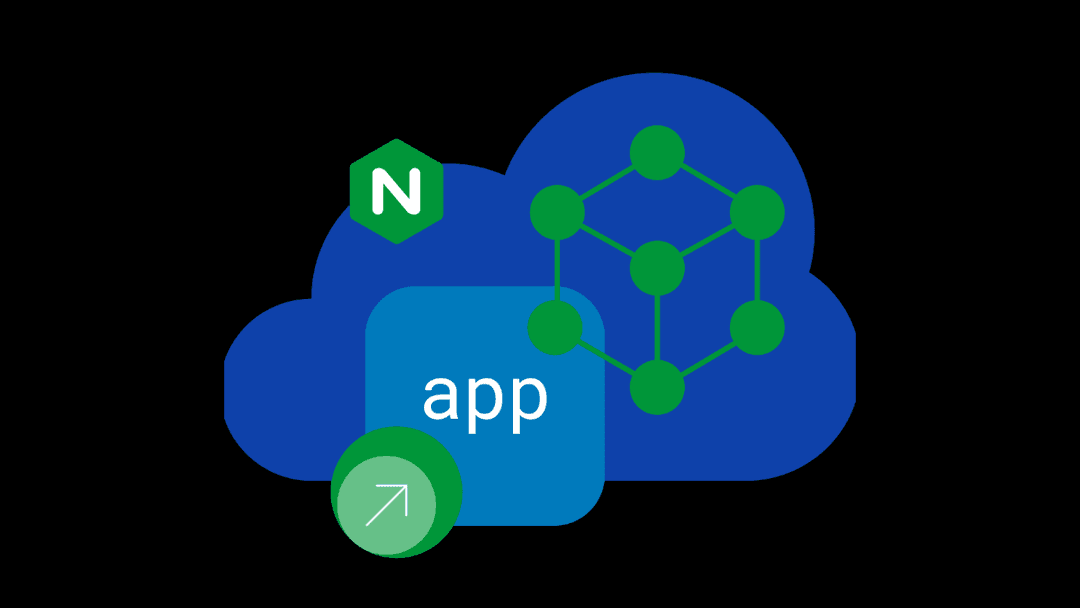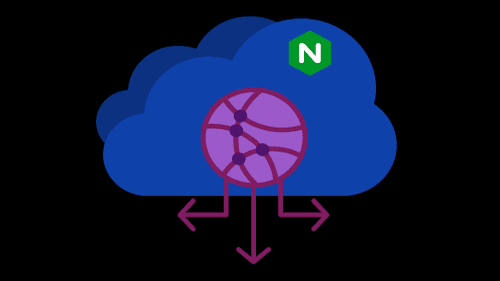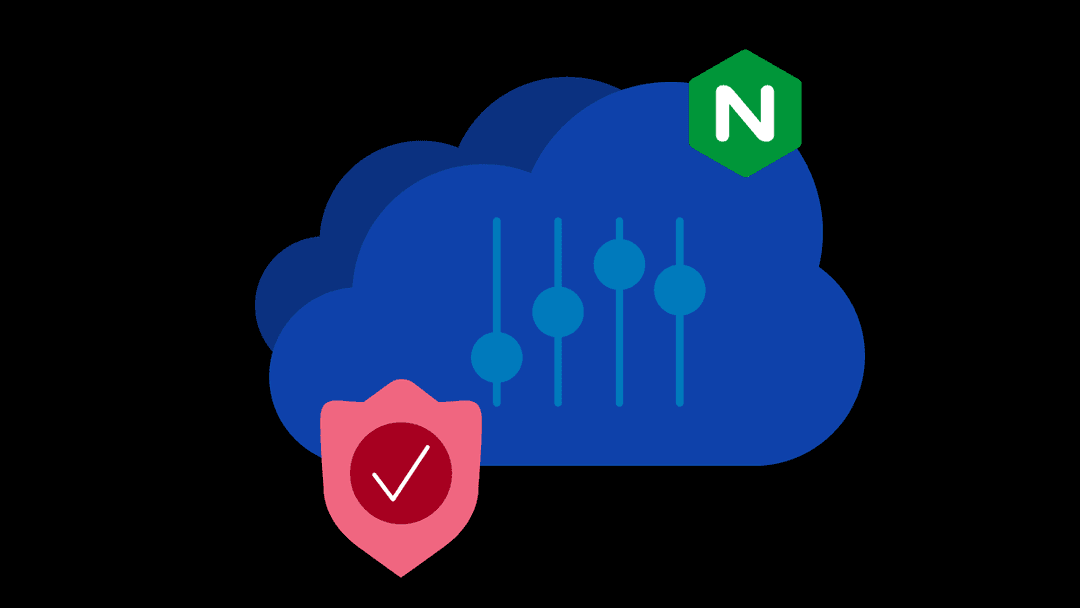Featured Blog Posts

NGINX | 10/13/2025
Current trends in cloud-native technologies, platform engineering, and AI
Gain key insights from F5 NGINX Annual Survey respondents into the latest trends in cloud-native technology, security, platform engineering, and AI.

NGINX | 08/14/2025
Full lifecycle management of app and API delivery with F5 NGINX One
F5 NGINX One brings core NGINX technologies together into a single package. See how it simplifies the management of multiple NGINX solutions.

NGINX | 07/11/2025
Simplifying Modern Application Delivery: Nine Months of F5 NGINX One
Since its release, F5 has continued to deliver new features to NGINX One to meet the demands of high-performance application delivery. Here are the highlights.
All Blog Posts
(343)Sort By:
Filter By



Results 1-30 of 343













